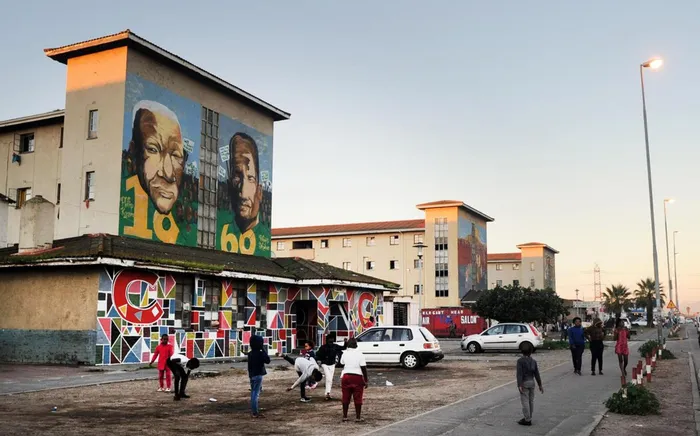A new look at townships

A year ago, long before Covid-19 hit our shores, a new generation of property entrepreneurs was emerging in the townships. It was boom time in Ekasi and FNB property stats showed that this was the best performing sector. But the pandemic hit all property markets and the townships were not immune.
SA Institute of Black Property Professionals policy committee member and urban planner Monyake Moteane says, on the plus side, “this crisis has made us come to our senses… “It has opened the way for us to start having disruptive conversations about the future”. Tholo Makhaola, president of the institute, agrees.
“It showed us clearly there has been no emphasis on the local economy in the townships. “It has given us a chance to catch our breath post-panic and begin to reimagine what these townships, the bastions of apartheid, could be.”
The pair say the opportunities include:
◆ The big job of changing infrastructure to ensure the townships can be self-sustaining as live-work-play areas.
◆ A loosening of red tape to help these economies grow.
◆ Rapid transit developed from townships to the inner cities and booming economic areas where job opportunities are currently set up.
◆ Rent control or inclusionary housing in viable areas to help cut long commutes to work.
◆ Repurposing old township warehouses for smaller businesses, and even call centres, bringing work to the areas.
Makhaola says one of the biggest insights has been the need for diversification of economies from residential to commercial environments for these communities to flourish. “We need to see more mixed-use buildings in the townships where people can live, work and play.”
Local communities need to be involved and considered in the commercial aspects. As for de-densification of certain township areas in light of Covid-19, as is being proposed by government, this “is controversial as it has echoes of apartheid forced removals, of breaking up systems that work and taking people away from their livelihood networks”, says Moteane.
However, what could work is creating rent-controlled or inclusionary housing closer to places of work. This would help cut down on what can be up to eight hours of commuting a day experienced by some workers. The two say one of the barriers to recreating the townships is the red tape involved in development there.
“We need to find the right balance between enabling informal entrepreneurship while ensuring that quality standards are met and the consumer is protected. “Once too much regulation is introduced, it creates a marginal overhead which the business might not be able to surmount,” says Moteane. While re-imagining the townships is a long-term strategy, the immediate issues of cutting down on commuting for township residents is important.
“You find township residents who travel extraordinarily long distances to get to work, some leaving home at 3.30am to reach the inner city by 8am. “This has a devastating effect not only on the worker’s pocket, but also on the social aspect of their lives – who is looking after their children in the mornings, for instance,” says Makhaola. Moteane agrees the situation is unsustainable.
“For one, we need to look at ensuring greater linkages to more vibrant economic areas through reliable and convenient mass transit. “Why not have a BRT from a township area directly to a more vibrant high-economy area?” The conversation of the future of townships is an important one, the two agree. Mindsets all around will have to change.
Related Stories
Township micro-developers thrive in affordable market
CAPE TOWN: Our insider's guide to Khayelitsha
Township markets making tracks
Cape's township properties show market appeal
Khayelitsha shows better rental rate increases than Camps Bay
Take a peek: Nyanga’s Old Location's first double-storey rental flats
Related Topics: